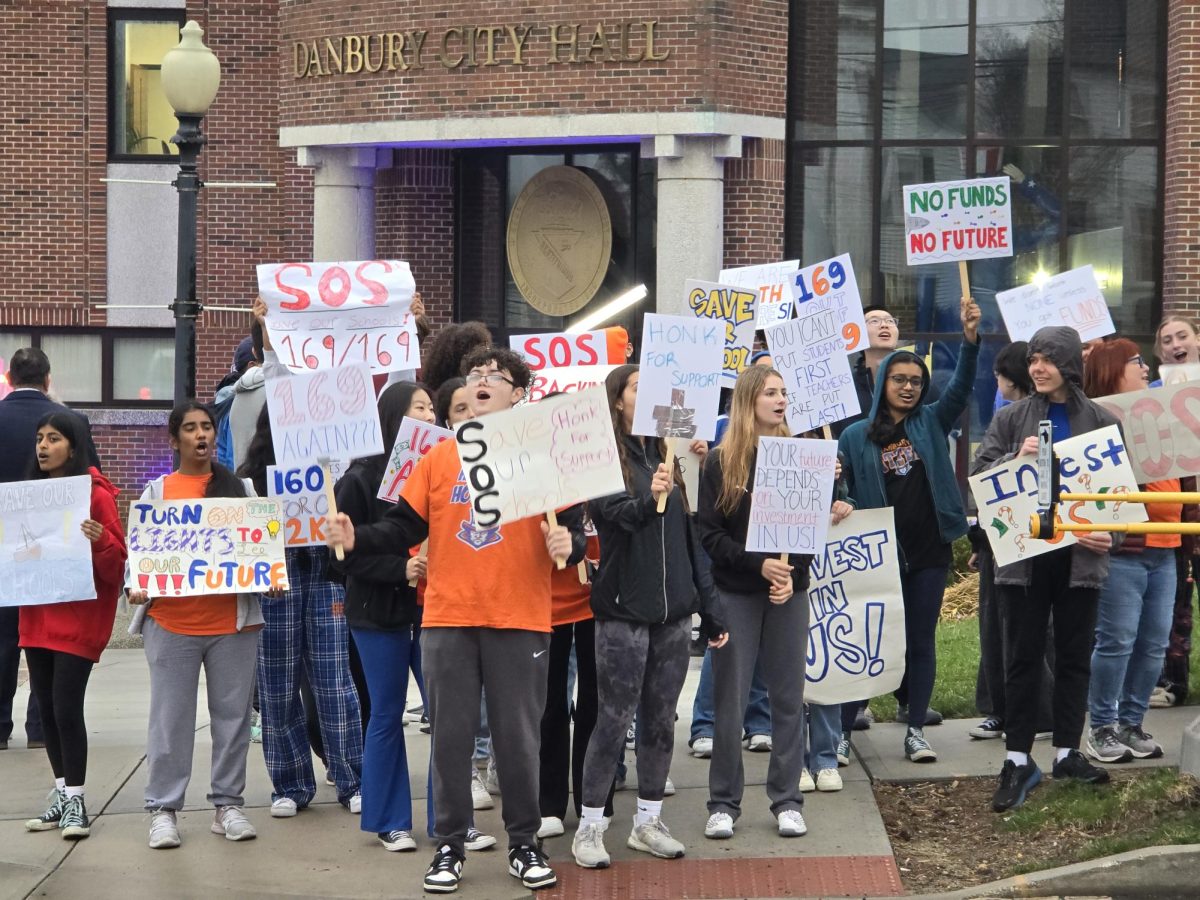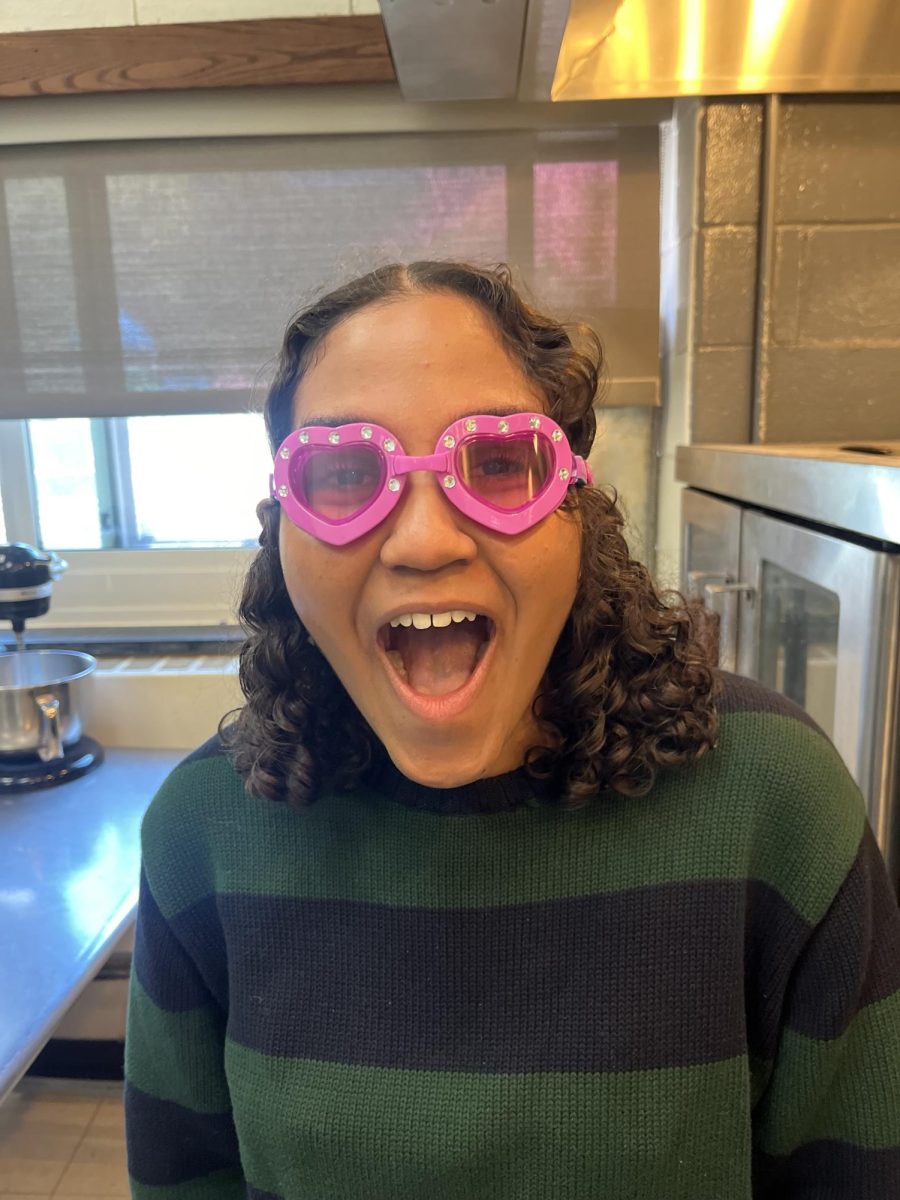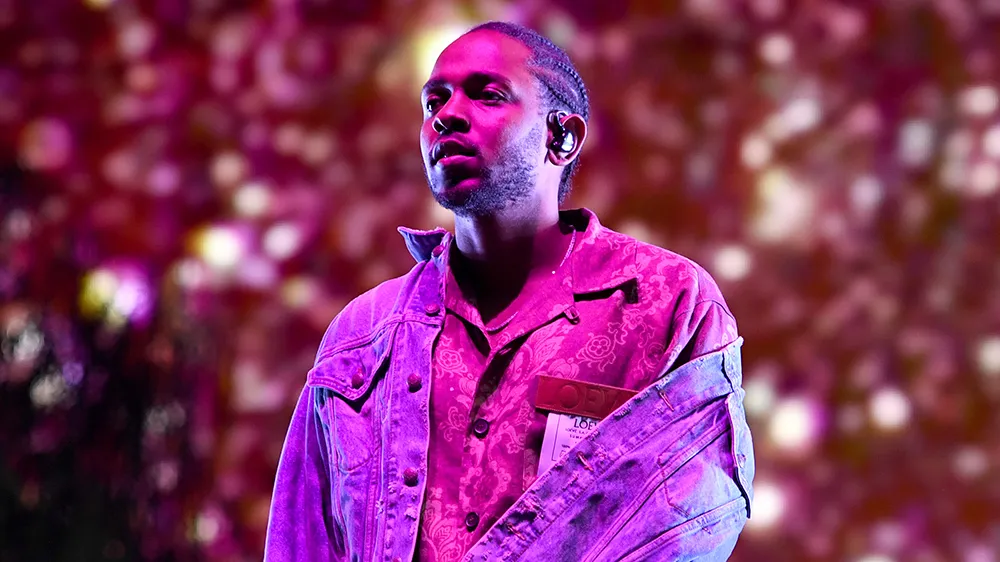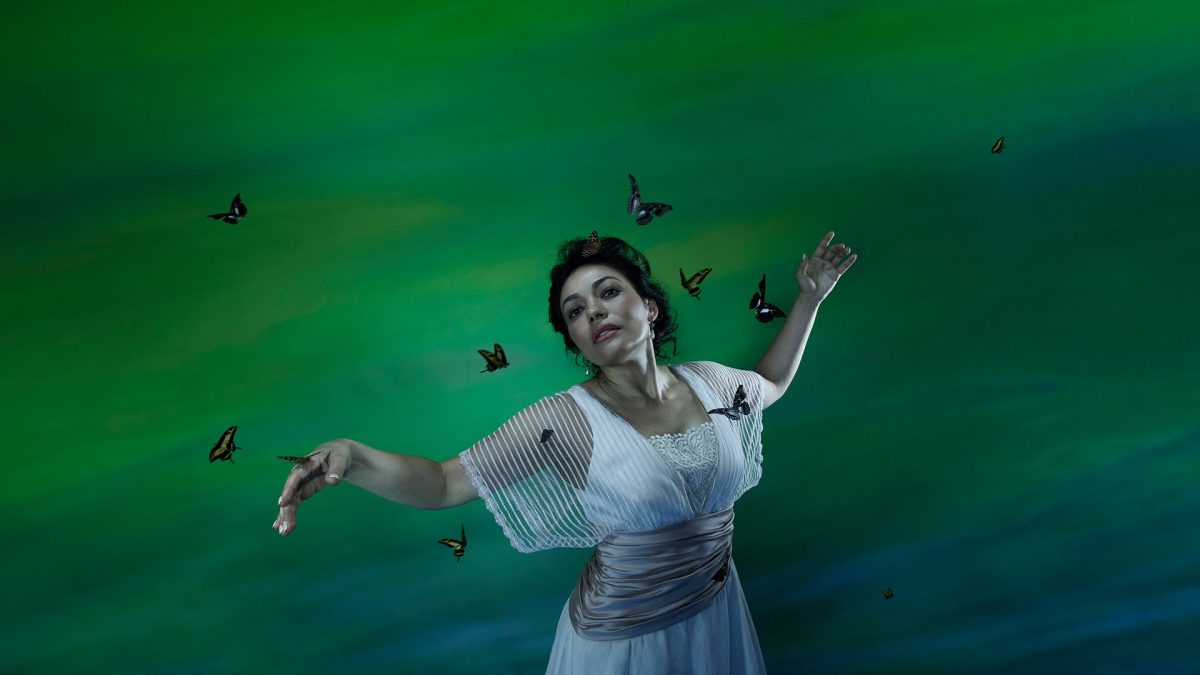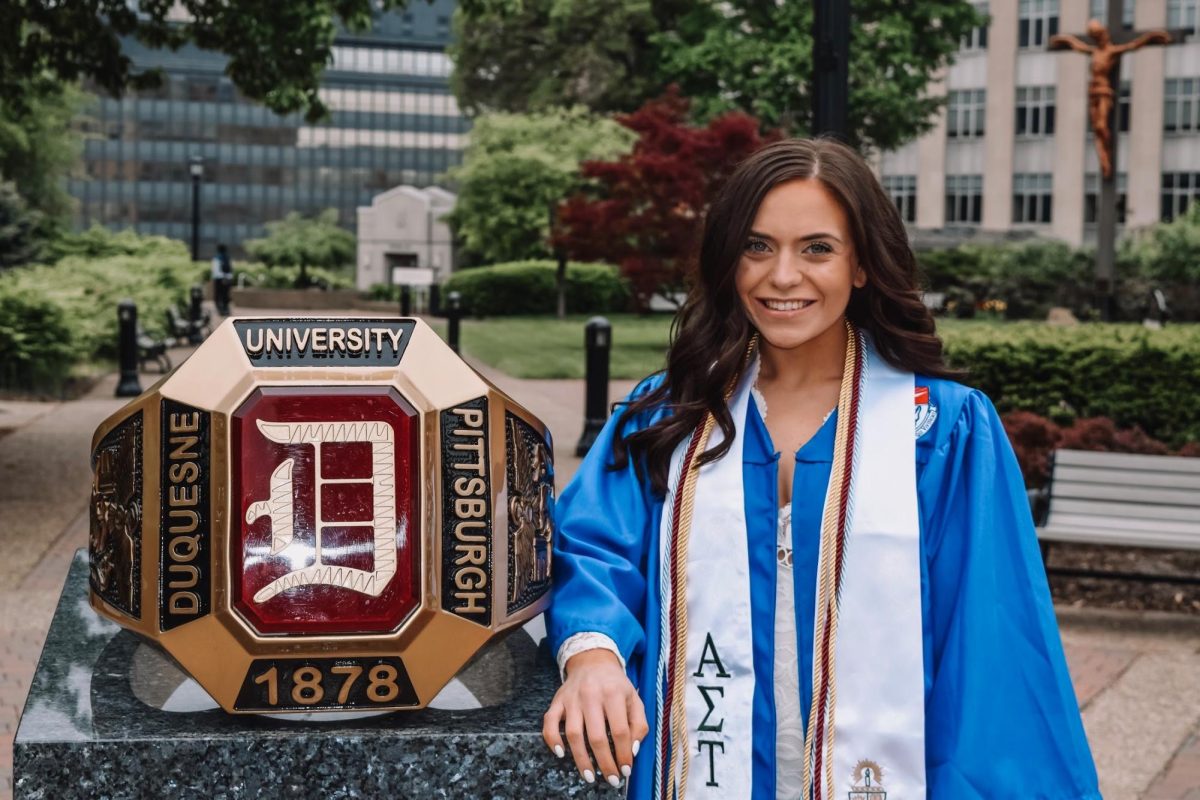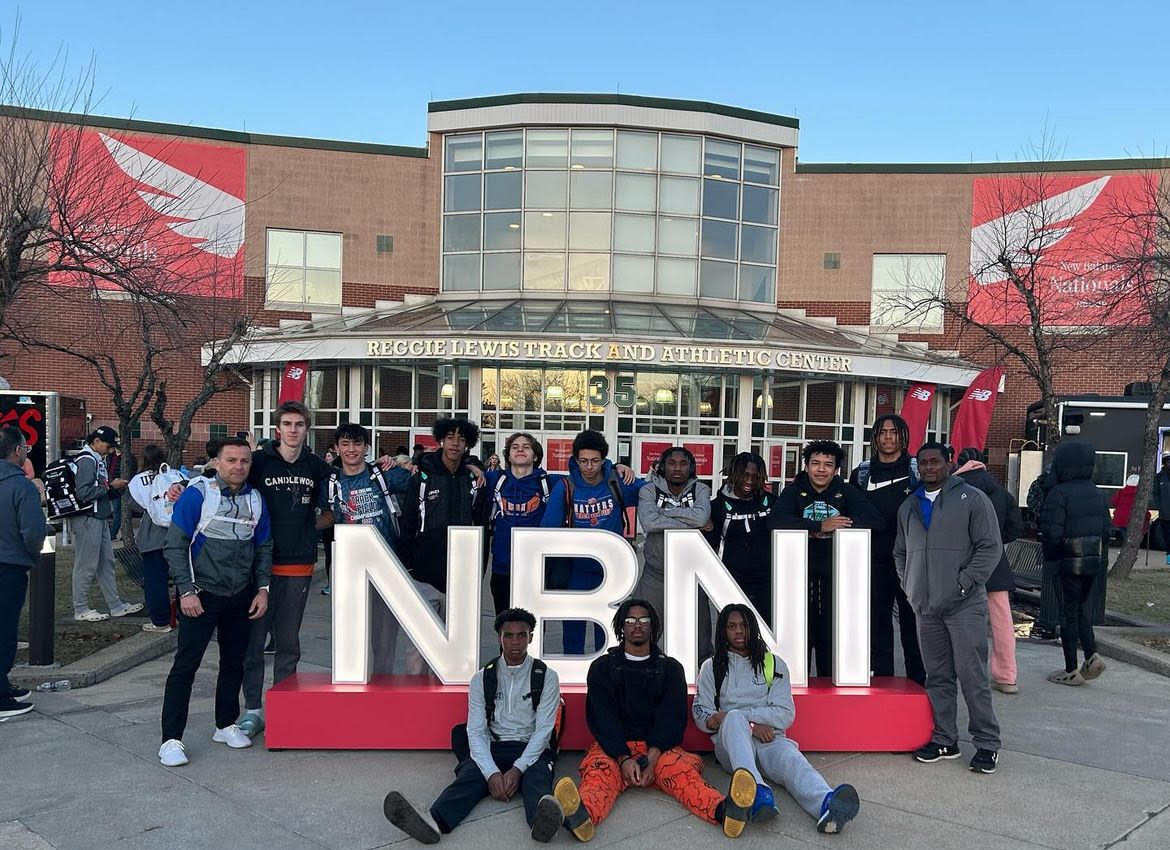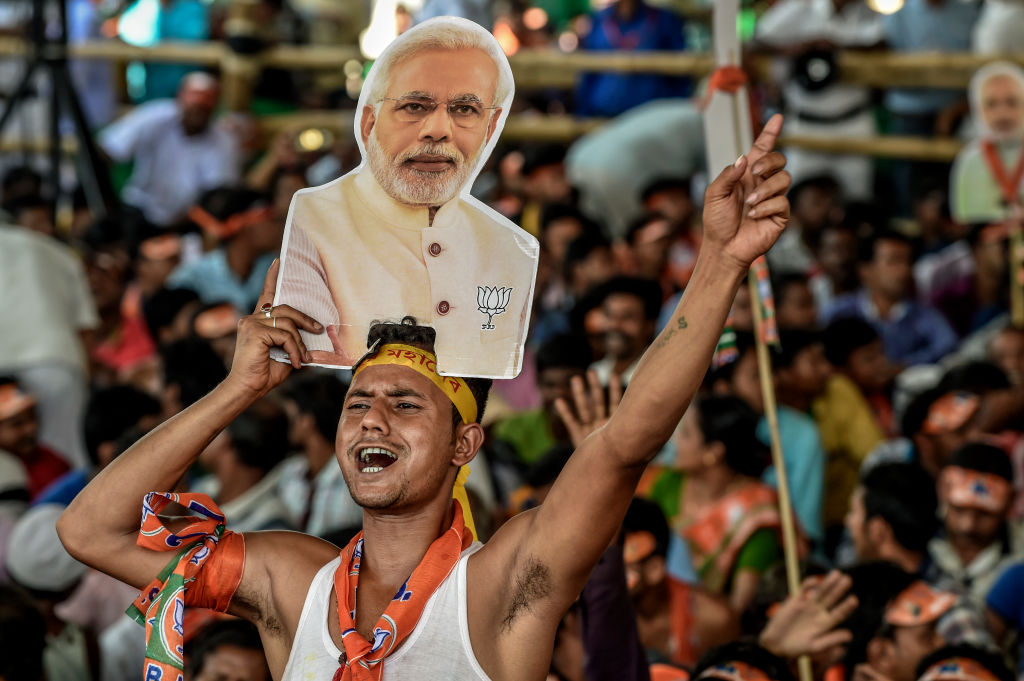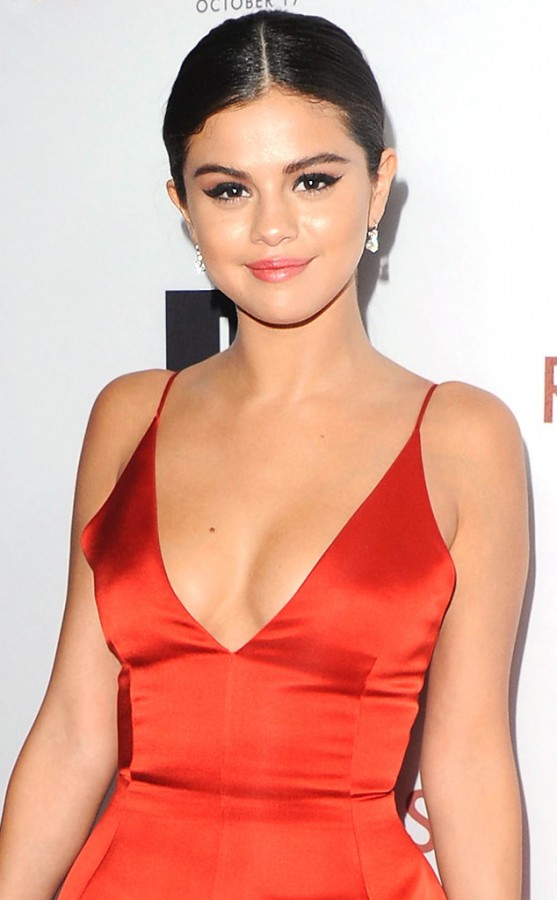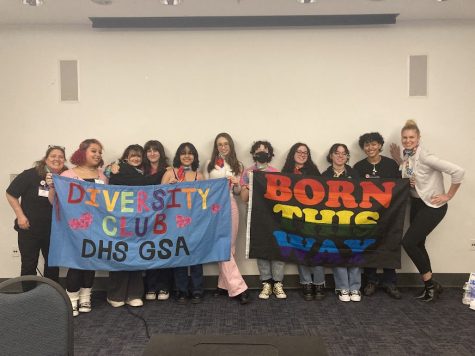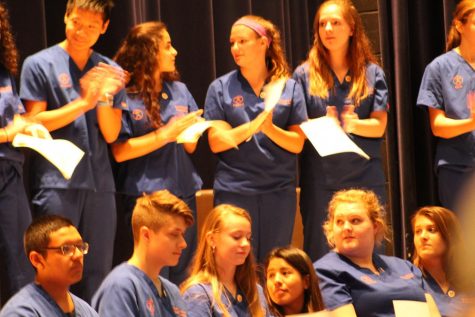Media pressure teenage girls into conforming to “the look”
January 20, 2016
All over the world there are different examples of what society identifies as beautiful.
In this country, we have been sucked into a celebrity hype that has sculpted our ideas of the perfect body, or an attractive face.
Teenage girls are hit the hardest, as expectations are high when it comes to appearance and many are taken over by insecurities.
When asked how social media plays an influence on beauty, several girls responded that it takes a toll on how they see themselves.
When mentioning big reality TV stars, many of DHS teens associate beauty with materialistic commodities.
Deanna Hernandez, junior, stated, “The media definitely portrays women as standing sticks rather than actual people; we’re brought up thinking that as long as you have a pretty face you’ll get by so that’s what we trying to do.”
For many, this means plastic surgery to achieve society’s image of beauty. Celebrities such as Nicki Minaj, and the Kardashian sisters have had their bodies sculpted by surgery. Both Minaj and the sisters are known for their physical attributes, but what are their contributions to society?
So what does this mean for teenage girls? Is working hard, or having a pretty face, all it takes to achieve?
Stephanie Hernandez, senior, said “Nicki Minaj is famous not so much for her music, but by the way she shows herself off getting her body done.”
The fact that these stars are known for showing off their bodies may be satisfying for them and their self-esteem, but it also makes many girls feel like they have to look like they do to be “perfect.”
On that subject, Jherri Garcia, a sophomore, said “If they have nice bodies and show them off it makes girls want to look like those people in magazines, but they’re unrealistic goals.”
Another important point that Garcia mentioned was the fact that music of this generation is typically about unrealistic body types and relationships. Songs such as “Anaconda” by Minaj, “Blurred Lines” by Robin Thicke and “No Type” by Rae Sremmurd all promote unrealistic body types and relationships.
On the topic of self validation, younger girls now want to create the illusion of looking older. Recently, 14-year-old model Molly Omalia was affiliated with rapper Tyga, after a misinterpretation of age led him to believe she was over 18.
Now, make-up (although can be a confidence booster) presents young girls and women as more mature looking than their actual age.
Many girls also put themselves through the strain of wearing waist trainers, and suffer the bruising and detrimental effects that comes with it. With the battle between thick vs. skinny, many girls feel compelled to conquer a wider hip-to-waist ratio to make themselves appear older and more sophisticated.
Some even try to accomplish both, because both extremes are deemed beautiful in society.
There are celebrities such as Taylor Swift that fit the ideal body type, who don’t rely on looks to contribute to society, and actually show qualities of being a positive role model for other women.
Anna Adebambo, junior says, “Taylor Swift does a lot of charity work and she’s changed, but she did not change the way Miley Cyrus did. Miley is all about nudity, but Taylor Swift had a good transition and it just shows that you can do whatever you want and you don’t have to be showing your body and swearing to get attention.”
Another positive among female celebrities is the work being done by Selena Gomez, who has been involved with UNICEF. She has been an active member since 2011, and has made numerous contributions.
Even though these females are notable for their looks, they have proven that they are more than just that.
Whereas Kim Kardashian gave birth to her second child in December, and is already flaunting of her post-baby body to the public.
There’s no denying that all the women mentioned are all beautiful, but it’s come to the point where happiness and success is almost depending on beauty.
Overall, it is clear that females in society are increasingly pressured to fit into society’s box of beauty.
With very few role models who endorse intellectual and mental positivity, it is no wonder why many girls have an unnatural desire to have “the look.’’

